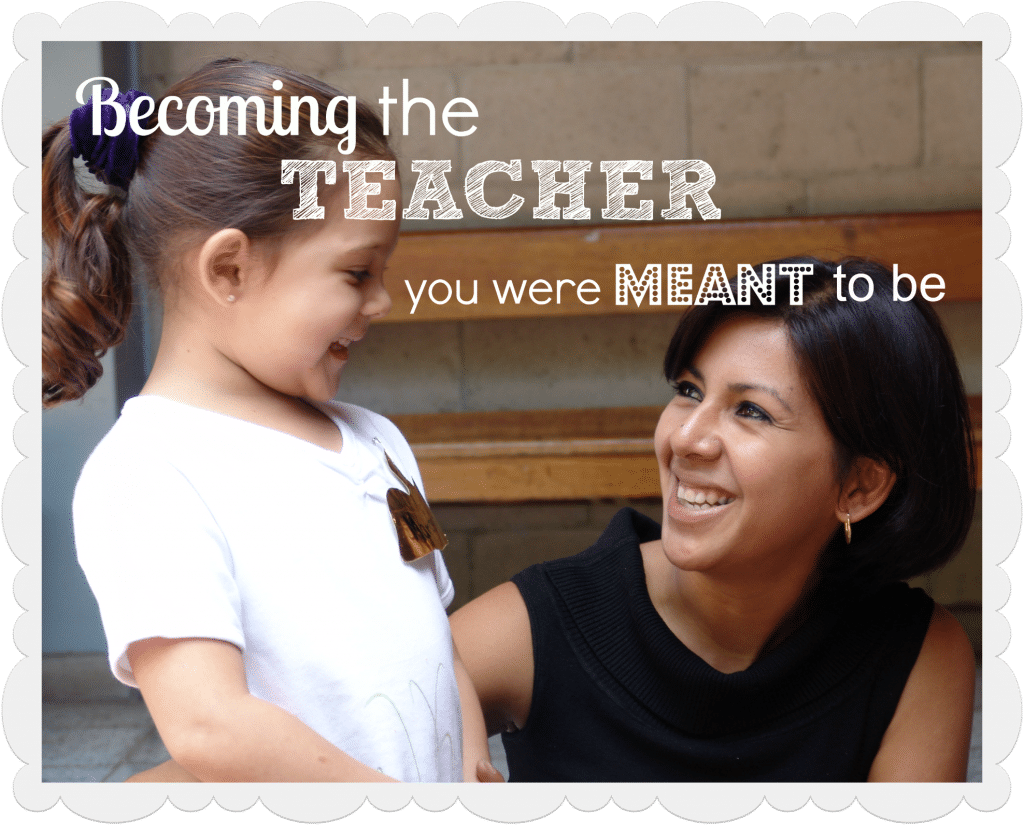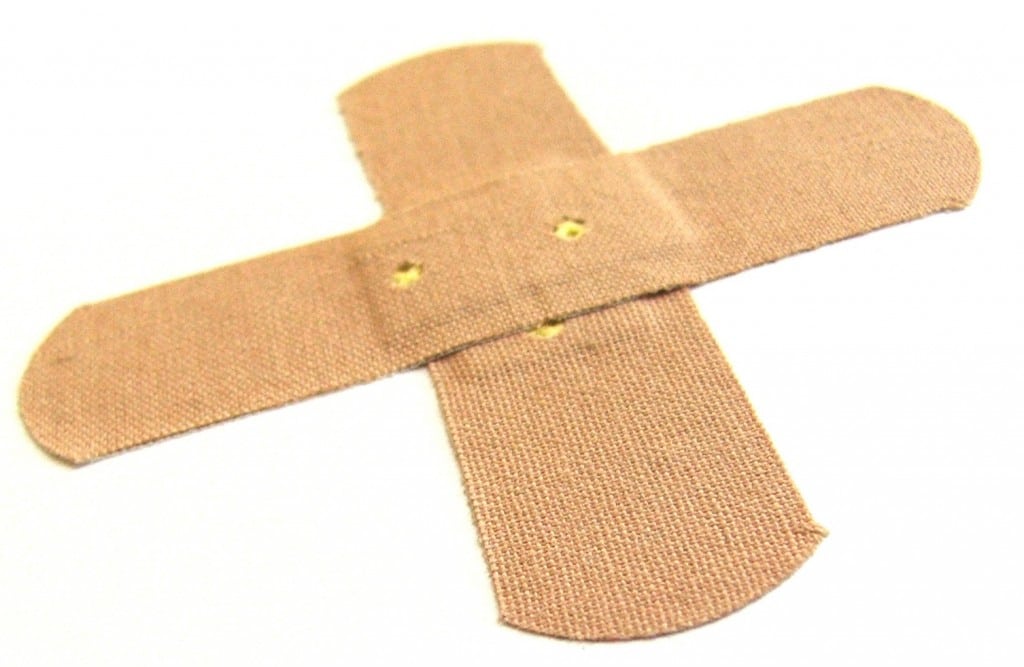
Part of what I do is train teachers to teach gifted kids. Did you know that that’s a job? I know, right? Sometimes I worry that teachers may think that because there is so much to learn about becoming an excellent teacher (especially of the gifted) that it is one of those things like getting your Christmas shopping done in July – it seems like a terrific idea, but it just is so hard to make yourself do.
In practice, it is more like quilting or chess – you can learn how to do it quickly, but then spend your life mastering it. The five essential steps (as defined by me) for any teacher (or homeschooler) who desires to teach with more than simple adequacy (which isn’t all that simple) follow:
1. First, do no harm.
The most important thing to remember is that doing no harm is not just the first rule for doctors – it’s for teachers, too. Think of it as the Hippoteacher Oath. The intimidating and scary truth is that it takes a really good teacher to be better than none. Ask your friends what your three best traits are that make you a good friend. Surprisingly, no matter how many people you ask, you will likely get similar answers.
These are your core teaching traits – and it doesn’t matter that the students are students and not friends. The same things that make you a good friend have power to make you a good teacher.
Type up three or four of these traits and place them in a spot of prominence in your classroom. Every day, remind yourself to focus on sharing these with students.
Don’t worry about your weaknesses – no one cares if Beethoven was good at croquet, and if you are focused on sharing your compassion, your impatient tendencies will naturally be minimized.
Under stress, it’s easy to default to our weaknesses. Resist this. Constantly bring yourself back to your core strengths.
2. Step away from the textbook.
Textbooks are supplements in manner of gummy vitamins – they keep you from having gaps in your curricular nutrition, but they are no substitute for fabulous teaching. Teachers rarely have control over the textbooks that come into the classroom (I know that no one ever asked me my opinion, in any event), but we do have control over how we use them and how we fit them into the framework of instruction.
How do you do this? The easy answer is to use the textbook; don’t let it use you. Like habit, it is a terrific servant and a terrible master. You should plan the lesson first, using the textbook to augment the lesson, not replace it.
Even content areas that seem like they would be cover-to-cover pathways shouldn’t be. Two of my sons had a teacher who was great as long as she was teaching directly out of the textbook. Any deviation created confusion on the part of the class because she was so completely dependent upon the textbook’s explanation that she was unable to clarify the concepts in a different way. Let this be a cautionary tale.
 3. You have to go outside the box to find the pieces of your puzzle.
3. You have to go outside the box to find the pieces of your puzzle.
The very best ideas I ever got for teaching didn’t come from the education arena. In fact, I learned far more about teaching in the Army than I did in college. The ideas for excellent teaching come when we least expect them. They come when we are watching a child’s soccer practice and see something in the way the coach teaches a drill. They come when we are watching an episode of West Wing and learn about quick pacing as an invigoration technique.
One time, for me an idea came when I was close to death in a hospital bed and saw the power of a Gap commercial to raise my spirits. Don’t believe me? Go watch it.
Twitter makes it easy to find cool ideas, and Pinterest makes it easy to collect and curate ideas.
Teaching can be someone restrictive socially because our hours are so odd (belief that we come in at 8 and leave at 3 notwithstanding). If you are to be the best teacher possible, you’ve got to keep one foot in the “real” world. This means not limiting friendships to those in our profession.
It means trolling every magazine you read, examining every tv show you watch (while you grade), and listening to the lyrics of every song looking for something you can use in class. Keeping your social and entertainment circle diverse will make you a better, more interesting person, which is the key to being a better teacher. No matter what the picture on your content area box, I guarantee you that key pieces lie outside that box.
When you learn to see how the world outside your room connects with your content area, you can easily turn it around the other way, showing students how what they are learning in the class applies outside the class. Voila! Awesome teaching.
 4. Get interested in something. Really interested.
4. Get interested in something. Really interested.
Think crazy passionate interest in manner of Trekkie convention aficionados (or aficionadi for those who love hyper-correct pluralization).
In her book, Re-Forming Gifted Education, Karen Rogers explains, “Teachers with extensive knowledge of even one academic area are more likely to be excited about learning because they understand better how much more there is to learn about the subjects they are teaching.”
When you collect stamps or Wizard of Oz memorabilia or are a huge Frank Sinatra fan and you let students in on that passion, that excitement builds energy within the classroom. So if you are having trouble finding a place to store your Beanie Baby collection at home, don’t worry: just bring it to school.
But it’s more than just stuff. I have a friend named Sherry Neaves who took the passion she had for people that made her a great journalist and turned that passion into an interest in kids. She left journalism and became a teacher extraordinaire. Aside from natural talent and hard work (two things that go very well together), it is her genuine interest in teens that sets her apart. She is the teacher she was meant to be.
My best friend once told me that the opposite of love is not hate, it’s apathy. Bringing passion for anything into the classroom helps you to avoid apathy (the kiss of death for excellent teaching).
 5. Take charge of your own professional brand.
5. Take charge of your own professional brand.
In marketing, branding is huge. One pundit said that branding is what people say about you when you’re not there. Teachers have brands. Are you the hard one? The easy one? The mean one? The nice one? The young one? If you don’t know, allow your students to (anonymously) write down three adjectives they would use to describe you or that they have heard other people use to describe you.
This may be an ouch moment. I’ve been there. One time, my son said, “Mom, only the bad kids don’t like you.”
I wasn’t sure how to take that.
To take charge of your brand, decide who you want to be as a teacher, and then how you will get there. You need to consider how you want to be perceived by students, parents, other faculty & staff, and the administration (in addition to yourself).
Come up with a game plan on how you can align your behavior and environment with that vision of yourself. For example, if you want to be perceived as a strong parent supporter, think about what the most important thing a teacher could do to support parents (probably effective communication and fairness), and then list how you will do that. Revisit this plan frequently, giving yourself feedback on it.
Seek feedback from others, even especially those who aren’t your biggest fans.
Professional development plays a key part here. Actively seek out opportunities for professional development that are responsive to your vision of yourself as an educator.
Professional development is not a punishment; it is the hallmark of a true professional. When I meet teachers eager to be at professional development opportunities, they are almost always passionate, engaged, vibrant teachers.
But in today’s information-dense world, you don’t have to wait to go to professional development. It is at your fingertips all of the time. Look around on the net and find teachers who think like you think and teach like you want to teach and connect with them. Join the forums and discussion boards and find the Twitter hashtags and Facebook groups that fit your content area and teacher-type. Read some of the amazing books written by and for teachers (Educating Esmé, Teach Like a Champion, and many more).
You can find a short guide to infusing technology into the classroom that includes great resources for finding awesome educators online here.
So there you have it – my tips for becoming the teacher you were meant to be. Just a word of caution – it’s kind of like playing Barbie: once you get it all set up how you like it, you may lose interest because that’s the fun part. So don’t be in a rush. Enjoy the journey. And please share with me your amazingness.
{cool brand image credit: Melanie J. Cook on Flickr; all other photos sxc.hu (with some artistry by me on the top photo)}



 3. You have to go outside the box to find the pieces of your puzzle.
3. You have to go outside the box to find the pieces of your puzzle. 4. Get interested in something. Really interested.
4. Get interested in something. Really interested. 5. Take charge of your own professional brand.
5. Take charge of your own professional brand.

